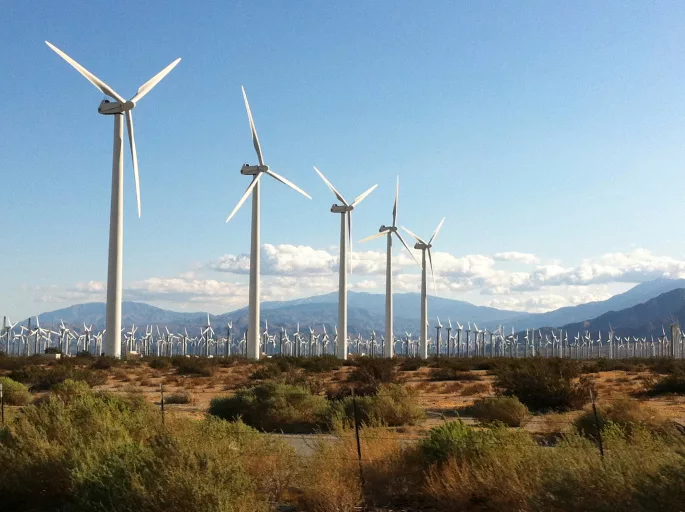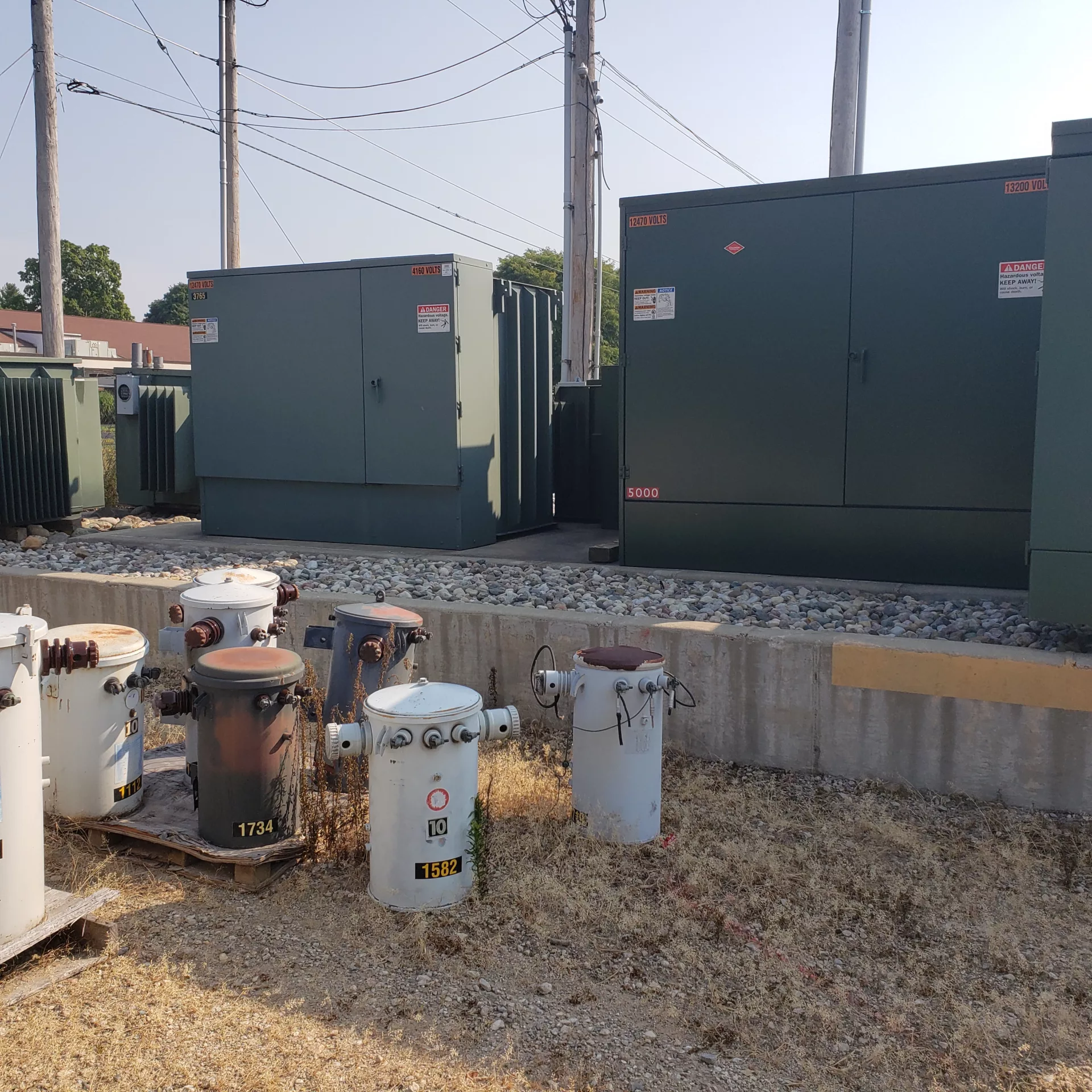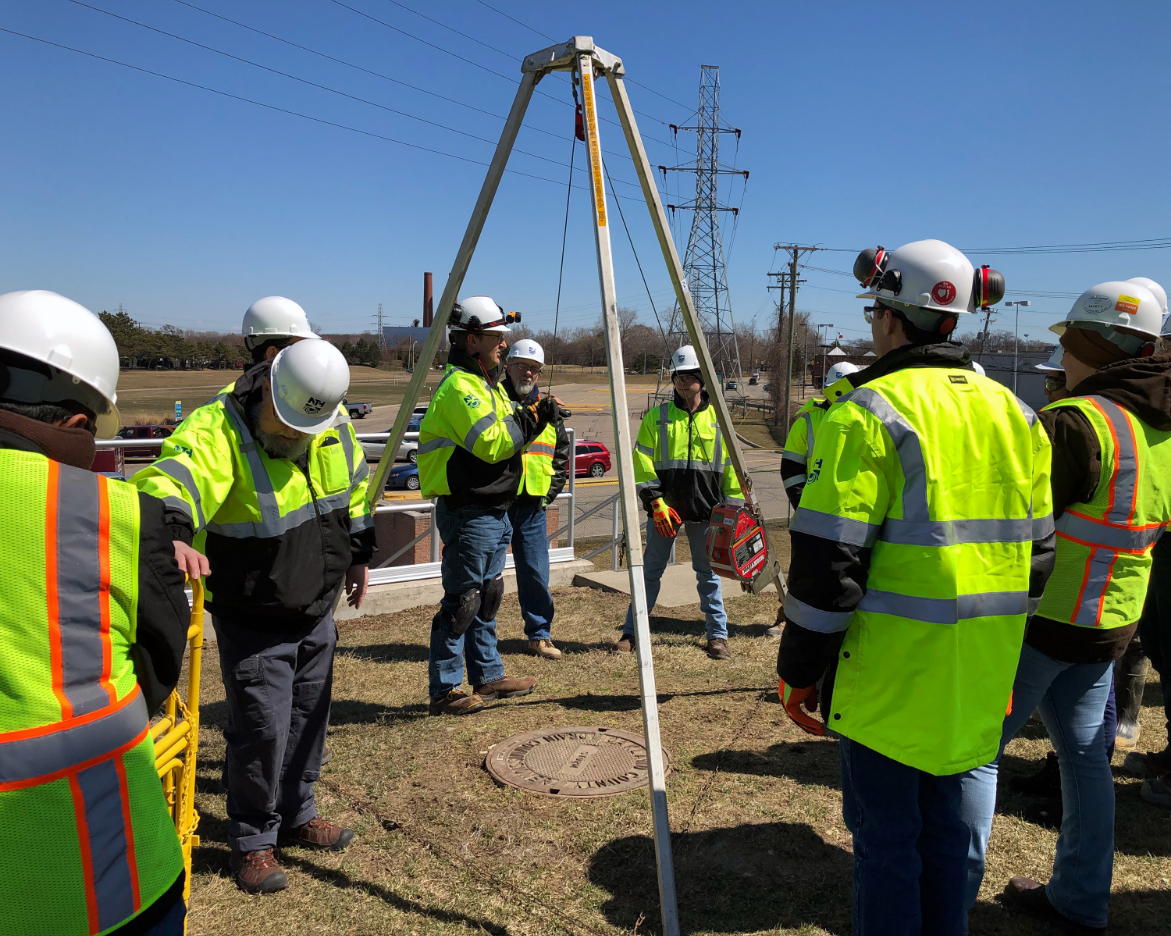Project Overview
The Trenton Channel Power Plant (TCPP) is slated for decommissioning in the near future. DTE requested NTH’s assistance for support activities related to abatement of asbestos-containing materials (ACM) and other potentially hazardous materials associated with the High-Side section of DTE Trenton Channel Power Plant (TCPP).
Construction of the original TCPP (Low-Side) was completed in 1924. Whereas construction of the High-Side was completed in 1950. The boilers in the newer plant operated at higher steam than the original plant; thus, the original plant was known as Low-Side and newer plant as High-Side.
The footprint of the High-Side is defined by the portion of TCPP located between building columns A-16 to H-16 and A-21 to H-21. The High-Side is an eleven-story structure, including a basement, mezzanine floor, operating floor, 1st through 4th walkway floors, bunker floor, fan floor, and two precipitator floors. Additionally, an approximately 555-foot-tall stack is located on the north side of the plant, which was used to vent gases from the four boilers that have been out of service since 2010.
Project Scope
Document Review & Site Visit
The objective of this task is to review available documentation and drawings to understand the locations of identified ACM and other hazardous materials within the high-side portion of the plant. NTH performed the following:
- Reviewed drawings of the portions of the High-Side, dated 1923 through 1967 (most drawings were dated 1947).
- Reviewed Asbestos Inspection Reports prepared by others, dated December 2006, December 2017, and June 2018.
- Conducted a cursory site visit to verify certain information identified during our desktop review of available documents, and to assess if additional effort was required to complete the proposed Hazardous Materials Survey (HMS).
Hazardous Materials Survey (HMS)
Prior to conducting the fieldwork for HMS, following documents were prepared for DTE’s review:
- Health and Safety Plan; Work Plan; QA/QC Plan
The proposed HMS for the high-side section of TCPP was completed by state-accredited asbestos building inspectors and included the following items:
- Identified, quantified, and sampled suspected ACM.
- Documented color, condition, similarity and sampled painted/coated surfaces.
- Identified and inventoried readily visible electrical equipment (such as florescent light ballasts, transformers, and other oil-containing equipment) suspected of containing PCB dielectric fluid.
- Collected samples of suspect materials for PCB analyses.
- Identified and inventoried florescent light tubes, mercury vapor lamps, thermostats and switches suspected of containing mercury.
- Identified and inventoried abandoned or not-in-use chemical containers and other potentially hazardous materials such as refrigerants, smoke detectors, etc.
- Collected dust samples for analysis.
Following the survey, NTH prepared a report containing quantity and location of ACM, lead-containing and cadmium-containing paint, PCB-containing and mercury-containing equipment, chemical containers, and other potentially hazardous materials.





